GREFFE DE CHEVEUX SANS RASAGE
How is a hair transplant performed?
Unshaven hair transplantation is a technique that allows for hair transplantation without shaving the front, side, and top parts of the hair. During the procedure, the donor area is shaved alone, and the necessary follicles are harvested, while the rest of the hair is left untouched. This method is particularly popular among individuals with long hair. Since the shaved area is concealed by the long hair on top, it is not noticeable.
View More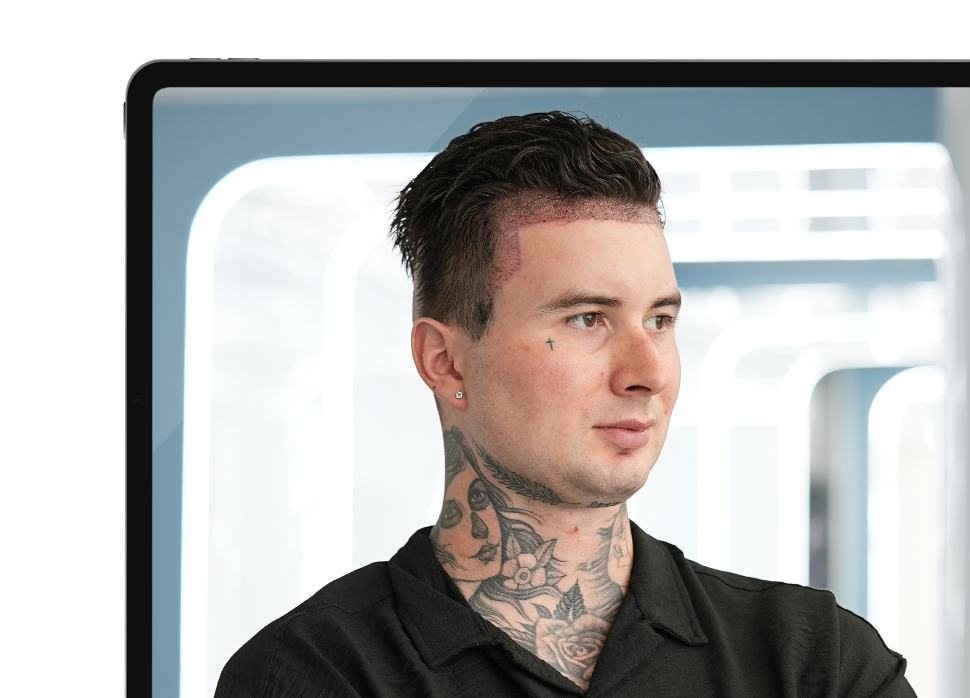
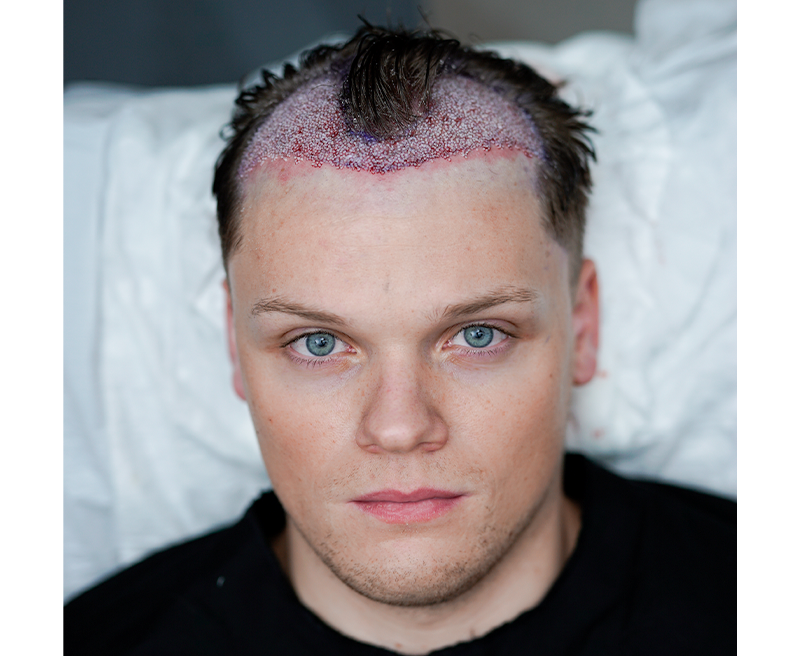
WHO IS ELIGIBLE FOR UNSHAVEN HAIR TRANSPLANTATION?
Unshaven hair transplantation can be performed using different methods such as DHI hair transplantation and CHOI PEN, which can be chosen based on the needs of the individual and the doctor's recommendations. One method involves opening a small window in the donor area to harvest follicles, which is preferred by women. In this case, unshaven hair transplantation can still be performed, but it may not be entirely clear which follicles were extracted from the donor area. There is also a completely unshaven hair transplantation method, but it may depend on the number of roots required. This technique is typically used to increase density in small, narrow, and limited areas, with an average of one thousand to one thousand five hundred roots being transplanted using the DHI method and CHOI PEN. In general, people who may be eligible for unshaven hair transplantation include:
- Individuals with a receding hairline
- Women with hair loss
- People with patchy hair loss in specific areas
WHAT ARE THE BENEFITS OF UNSHAVEN HAIR TRANSPLANTATION?
Unshaven hair transplantation offers several benefits, including:
- Maintaining the appearance of hair before and after the procedure
- Eliminating the need for a post-transplant hair growth phase
- Concealing the fact that a hair transplant has been performed
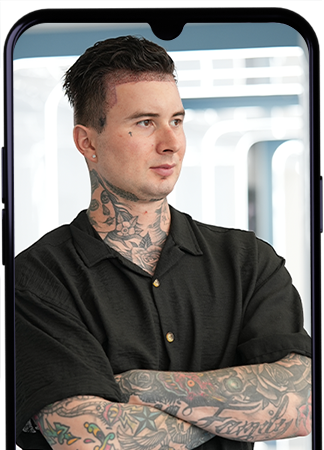
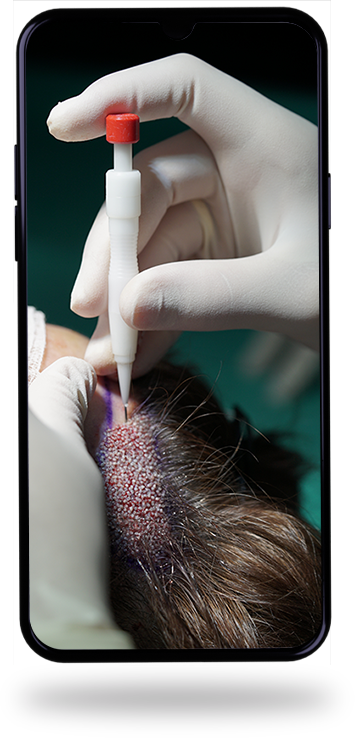
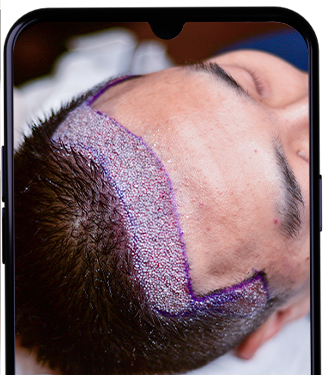
FREQUENTLY_ASKED_QUESTIONS
The hair grafts are extracted from the backside of the head, which we determine as between two ears and above the neck. The reason for choosing this specific area as a donor (extraction zone) is that the hair grafts in this region are genetically encoded against inherent hair fall. If the extraction process from this region is performed with better quality artistry, hair fall will never occur for a lifetime. Therefore, we take the hair grafts from the backside of the head, which we call the donor area.
The hair roots are homogeneously extracted one by one with the help of the latest technology system called the FUE method. After the process is over, the hair will never grow the place taken from since it is taken with its root, but it will not be visible since it is done with cater-corner homogeneously
The hair grafts are extracted from the backside of the head, which we determine as between two ears and above the neck. The reason for choosing this specific area as a donor (extraction zone) is that the hair grafts in this region are genetically encoded against inherent hair fall. If the extraction process from this region is performed with better quality artistry, hair fall will never occur for a lifetime. Therefore, we take the hair grafts from the backside of the head, which we call the donor area.
The hair roots are homogeneously extracted one by one with the help of the latest technology system called the FUE method. After the process is over, the hair will never grow the place taken from since it is taken with its root, but it will not be visible since it is done with cater-corner homogeneously
After the hair transplant has been done, our medical consultant assistant will, without stint, follow the whole process with you until you achieve the best result. We will describe to you the growth process of all the hair grafts, respectively.
1-On the 10th day, the process of cleaning scabs will be done.
2-After one month, implanted hair begins to shed moderately.
3-The implanted hair enters the shock hair loss during the 2nd, 3rd, or 4th month, called the resting phase. During this process, you will face a view as if no hair transplant has been done.
4-At the end of the 4th month, the implanted roots will gradually start to grow progressively, and each month will grow faster and more hair than the previous month.
5-In the 7th month, almost 70% of the transplanted hair ultimately grows.
6-All transplanted hairs may take 12 months for the front zone and 14 months for the crown region to grow
The regrowth period of the transplanted hair may vary from person to person. It is a fact that hair roots come out earlier or later than expected, depending on a person's habits such as smoking, alcohol, drugs, and eating habits.
After the hair transplant has been done, our medical consultant assistant will, without stint, follow the whole process with you until you achieve the best result. We will describe to you the growth process of all the hair grafts, respectively.
1-On the 10th day, the process of cleaning scabs will be done.
2-After one month, implanted hair begins to shed moderately.
3-The implanted hair enters the shock hair loss during the 2nd, 3rd, or 4th month, called the resting phase. During this process, you will face a view as if no hair transplant has been done.
4-At the end of the 4th month, the implanted roots will gradually start to grow progressively, and each month will grow faster and more hair than the previous month.
5-In the 7th month, almost 70% of the transplanted hair ultimately grows.
6-All transplanted hairs may take 12 months for the front zone and 14 months for the crown region to grow
The regrowth period of the transplanted hair may vary from person to person. It is a fact that hair roots come out earlier or later than expected, depending on a person's habits such as smoking, alcohol, drugs, and eating habits.
In hair transplantation, the hair roots are extracted from the entire backside of the head, including above the ears and neck, which we call the donor area. The number of roots is determined according to the volume and quality of the bald area, and the extraction is done homogeneously. Since the extracted grafts from this particular donor area are immune to shedding from birth and are genetically coded against shedding, they do not shed and last a lifetime. Indeed, it is determined according to the knowledge and skills of the doctor who extracts these hair roots in a quality way and performs the hair transplant. Hair grafts are found in the donor region as a triple, double, and single hair. In addition, this grouped form differs from person to person. The important thing is to extract these grouped hair roots without cutting, destroying, and damaging them. People who do not have hair follicles in the donor area, either have been treated for cancer or are struggling with a different disease.
As a result, the transplanted roots never fall out again.
90% of the people who have hair transplants in the Long Hair Center do not have postoperative pain. The reason is that the local anesthesia before the surgery is applied with good quality, which causes less harm to the grafts during the operation. We put pain killer medicins between your medical kit after the operation. However, most of our patients who have hair transplants do not need it.
GREFFE DE CHEVEUX SANS RASAGE
COMMENT SE FAIT LA GREFFE DE CHEVEUX ?La greffe de cheveux sans rasage est une technique qui permet la greffe de cheveux sans raser les parties avant, latérales et supérieures des cheveux. Pendant la procédure, la zone donneuse est rasée seule et les follicules nécessaires sont récoltés, tandis que le reste des cheveux est laissé intact. Cette méthode est particulièrement appréciée des personnes aux cheveux longs. Étant donné que la zone rasée est dissimulée par les cheveux longs sur le dessus, elle ne se remarque pas.



La greffe de cheveux non rasée peut être effectuée en utilisant différentes méthodes telles que la greffe de cheveux DHI et CHOI PEN,
qui peuvent être choisies en fonction des besoins de l'individu et des recommandations du médecin.
Une méthode consiste à ouvrir une petite fenêtre dans la zone donneuse pour récolter les follicules, ce qui est préféré par les femmes. Dans ce cas,
une greffe de cheveux non rasés peut toujours être effectuée, mais il se peut que l'on ne sache pas exactement quels follicules ont été extraits de la zone donneuse.
Il existe également une méthode de greffe de cheveux complètement non rasée, mais cela peut dépendre du nombre de racines nécessaires.
Cette technique est généralement utilisée pour augmenter la densité dans des zones petites, étroites et limitées,
avec une moyenne de mille à mille cinq cents racines transplantées en utilisant la méthode DHI et CHOI PEN.
En général, les personnes pouvant être éligibles à une greffe de cheveux non rasés comprennent :
- Les personnes avec un front dégarni
- Femmes avec perte de cheveux
- Les personnes ayant une perte de cheveux inégale dans des zones spécifiques
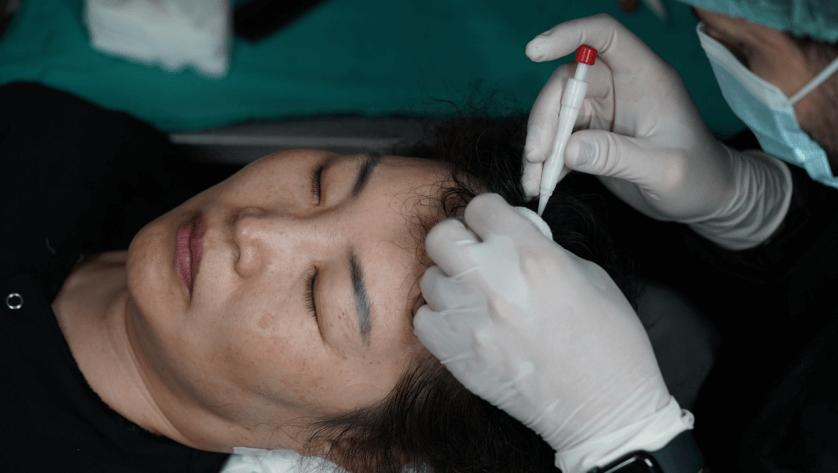
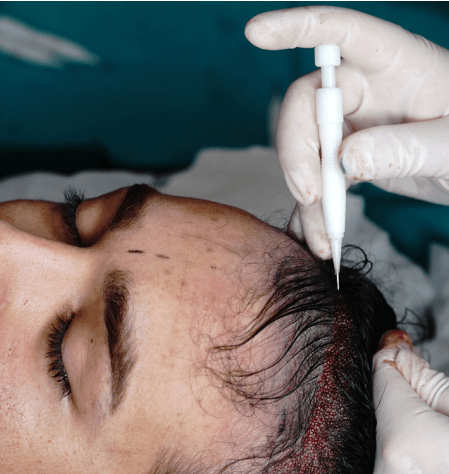
LLa greffe de cheveux non rasés offre plusieurs avantages, notamment :
- Maintenir l'apparence des cheveux avant et après la procédure
- Éliminer le besoin d'une phase de croissance des cheveux après la greffe
- Dissimuler le fait qu'une greffe de cheveux a été effectuée
1- QU'EST-CE QU'UNE GREFFE DE CHEVEUX NON RASÉ ET À QUI EST-IL APPROPRIÉ ?
Une greffe de cheveux sans rasage est une méthode de greffe de cheveux qui est réalisée sans raser les cheveux existants, vous permettant de continuer votre vie quotidienne plus confortablement. Pour mener à bien ce processus, les zones donneuse et receveuse de la personne sont d'une importance cruciale.
2- COMBIEN DE FOLLICULES/GREVES PEUVENT ÊTRE IMPLANTÉS DANS UNE PROCÉDURE DE GREFFE DE CHEVEUX NON RASÉS ?
Le nombre maximum de follicules/greffes pouvant être implantés dans une procédure de greffe de cheveux sans rasage dépend de la taille de la zone donneuse et de la qualité des follicules. Cependant, afin de préserver la qualité et l'apparence de la zone donneuse, le nombre maximum est pris en considération.
3- MES CHEVEUX SERONT-ILS ENDOMMAGÉS LORS D'UNE PROCÉDURE DE GREFFE DE CHEVEUX NON RASÉS ?
Au cours d'une procédure de greffe de cheveux non rasée, aucune racine ne sera perdue ou endommagée car les racines de cheveux existantes seront compactées.
4- Combien de temps faut-il pour reprendre le travail après une greffe de cheveux non rasés ?
En général, après une greffe de cheveux, on peut généralement retourner au travail le troisième jour sans aucun dommage. Il n'y a aucun problème à appliquer une pression sur le cuir chevelu le troisième jour après une greffe de cheveux non rasés.
